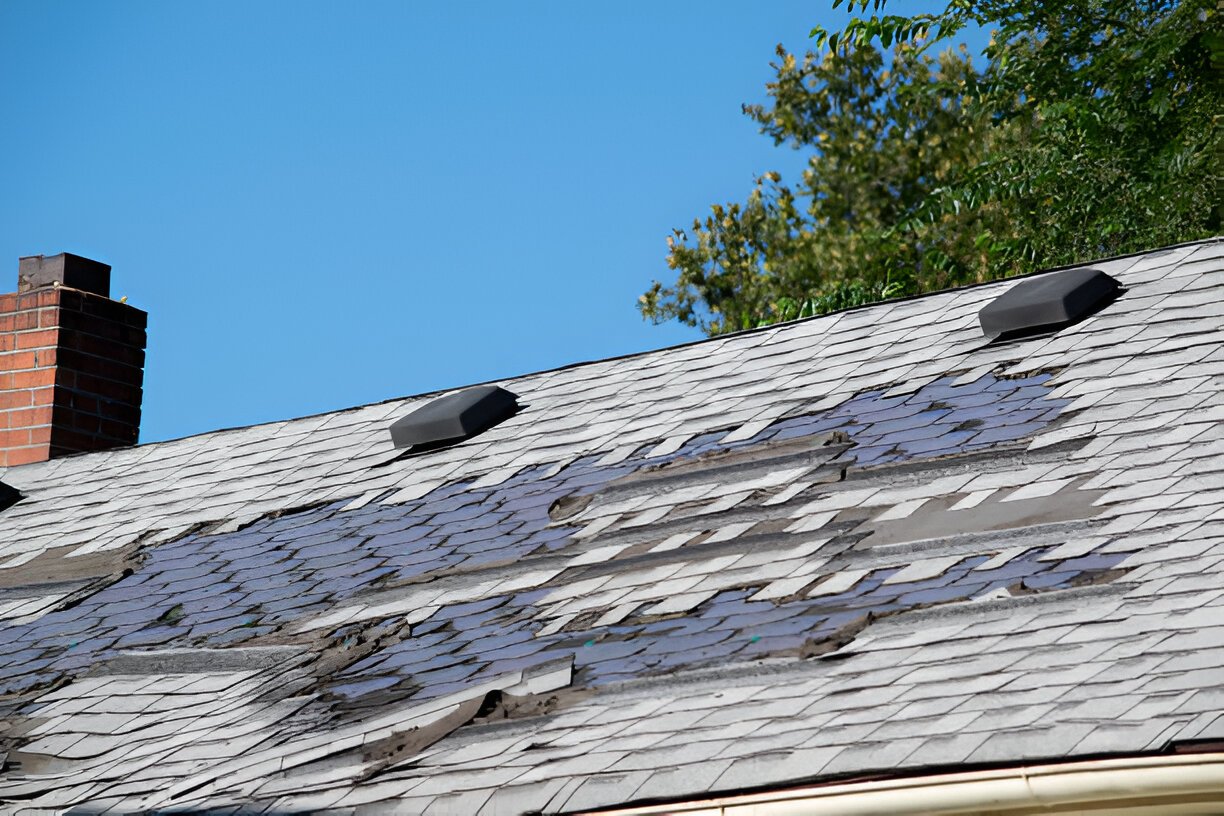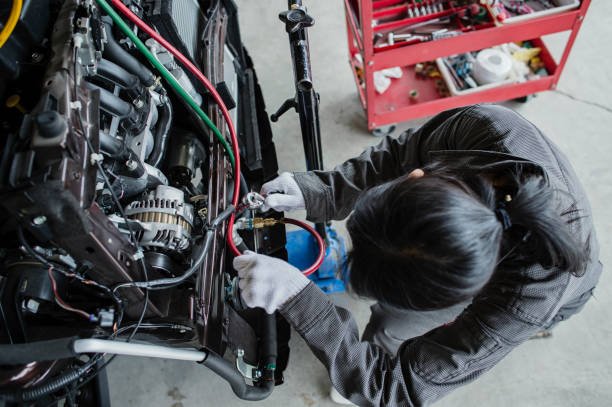What Are the Disadvantages of Architectural Shingles?
Architectural shingles, also commonly known as dimensional or laminated shingles, have in recent years become very popular for use in modern roofing mainly because of their appearance and durability. However, advantages accompany disadvantages, particularly when it comes to architectural shingles. Hence, for home owners and construction contractors, both the pros and cons can help in decision-making whether architectural shingles are suitable for one’s roofing project. Now, let us discuss some of the negatives presented with architectural shingles while keeping overall performance in sight.
1. More Expensive Than Regular Shingles
The largest disadvantage of architectural shingles is the price. Architectural shingles are higher than the standard 3-tab asphalt shingles. The price difference can be extreme and scale up with size and quality of the shingles you’re using. Homeowners who are trying to save money might find the extra charges out of their budget.
This is mainly due to the manufacturing process. Architectural shingles consist of layers of several materials, which gives them more thickness and an even greater addition to their dimensional appearance. However, it tends to increase the cost because of the added complexity in its production process.
2. More Weight on the Roof
Another major drawback of architectural shingles is that they are so much heavier. Architectural shingles are much more massive than the average 3-tab shingles. It is these additional layers that give you that dimensional look, which also help to put these added weights. While being heavy can be a positive in terms of durability and resistance to strong winds, it can be especially challenging in installation and to the integrity of your home’s building.
Another aspect to take into account is that older homes might not have roofs built to support the weight of architectural shingles, and this can necessitate reinforcing the roof structure to ensure safe installation. This again would come out as adding expense and complexity.
If the roof structure lacks support, then due to the weight of the shingles, there could be structural issues over time.
3. Installation Process More Complicated
Installation of architectural shingles is more complex than for 3-tab shingles. Since they are thicker and heavier, these shingles require extra focus on their alignment and sealing during installation. Errors in installing these shingles can lead to leakage or fast deterioration of the shingles.
A professional contractor with experience in installing architectural shingles is a must. However, this may become pricey as the labor cost is rather high. In addition, it may take a longer time to set up, and this is really an important consideration for busy homeowners.
4. Chances of Algae Growth
In humid or rainy areas, architectural shingles can easily host algae growth. The organic parts of the shingles combined with heat and moisture are the perfect environment for algae to thrive. Eventually, this creates unsightly streaks or discoloration on the roof, which can erode the beauty of the home.
Although most manufacturers are providing algae-resistant coatings on shingles, through time these coatings could eventually degrade and leave the shingles open to algae. This means that even with homeowners owning algae-resistant shingles, they may be expected to spend money periodically for roof cleaning or algae treatments to retain the aesthetic appeal of their shingles.
5. Lower Flexibility at Extreme Temperature Levels
Architectural shingles are strong, but they’re not as flexible as traditional shingles in extreme temperatures. In very cold climates, the shingles might become brittle and crack or break at installation time. In extremely hot climates, the added layers in architectural shingles might absorb more heat, which could cause them to warp or curl.
While architectural shingles last longer than conventional shingles in moderate climate, extreme temperature weather can cut that time down in some cases. Homeowners who live in regions where the temperatures fluctuate greatly need to consider the potential effects of that long-term wear and tear before they decide.
6. Colour and Style Selection
While architectural shingles do look more stylish than 3-tab shingles, they are still limited in color and style options, and the offerings remain less eclectic than would be found in metallic or clay tile-based roofing. For the very customising homeowner, architectural shingles will not be as versatile in design.
Architectural shingles do last longer and, rather than losing their appeal completely over time, they maintain the look. However, since architectural shingles last longer, they fade in color from sunlight exposure. This does not sit well with homeowners who want to see a roof that will appear fresh and uniformly colored from its installation until it is removed.
7. Shorter Lifespan Compared to High-Quality Roofing Materials
Although architectural shingles are more durable than any traditional asphalt shingle, this still does not compare to the life expectancy of slate, metal, or clay tiles for roofing. These expensive materials can last up to 50 years or even more whereas architectural shingles usually have a life of between 20 to 30 years under most weathering and maintenance conditions.
For homeowners who want a roofing solution that is going to stay with them for a very long period of time, investing in premium materials might be the way to go-even if there is going to be a cost for premium at the onset. Architectural shingles, after all, last longer than their traditional counterparts, yet they might still have to be replaced even before the premium materials do so.
Conclusion
There are many advantages to architectural shingles but also several disadvantages. Some of the criteria that the pros and cons of these shingles could weigh against each other include cost and the installation complexity as well as weight and potential algae growth. When you are deciding if architectural shingles should be used on your home’s roof, at least their difference in performance will depend on climate and other natural factors.
Although architectural shingles last longer than conventional 3-tab shingles, the homeowner will need to balance the extra, lifetime cost of that type of roofing with the alternative choice of more premium materials offering greater durability and greater aesthetic flexibility.





